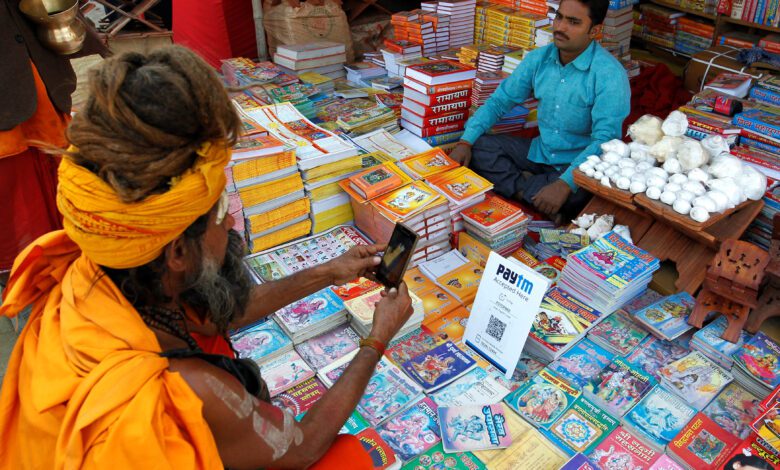Indian govt plans Rs 50 billion incentive push to propel RuPay and BHIM-UPI adoption
In a strategic move, the Finance Ministry plans a massive incentive boost to drive the widespread usage of RuPay and BHIM-UPI, shaping a dynamic future for digital payments in India

The Indian Finance Ministry is taking steps to boost digital payments in the country by extending incentives for low-value transactions through RuPay Debit Cards and BHIM-UPI, India’s digital payment system. This initiative comes as digital payment ecosystems in India show mixed results in their growth. To encourage more participation, the ministry plans to nearly double the budgetary outlay to Rs 50 billion for the fiscal year 2023-24, up from Rs 26 billion in the previous year.
One significant change in the plan involves compensating for the discontinued “merchant discount rate” (MDR), which was a transaction charge collected by merchants and paid to the acquirer bank. The new scheme aims to fill this gap by offering incentives to acquirer banks for low-volume transactions. For transactions using RuPay cards at point-of-sale or in e-commerce, the merchant’s acquirer bank will receive 0.4% of the transaction, capped at Rs 100, as an incentive. For industry programs involving RuPay cards in various sectors such as insurance, mutual funds, government, education, and more, the incentive will be 0.15% of the transaction, capped at Rs 6.
Similarly, for person-to-merchant (P2M) payments using BHIM for transactions up to Rs 2,000, the acquirer bank will receive 0.25% of the transaction amount as an incentive. For industry programs, the incentive would be 0.15% of the transaction. This revised scheme builds on the one introduced in fiscal year 2021-22, with an initial outlay of Rs 14.5 billion, designed to offset the lost MDR shared among the acquirer bank, card-issuing bank, and network operator.
Digital payment transactions in India have shown varied results, with UPI experiencing substantial growth in both volume (82%) and value (105%) in fiscal year 2022-23 compared to the previous year. In contrast, RuPay has witnessed a decline of 13.7% in volume terms, although it has seen a 4.2% increase in value terms during the same period.
Given these mixed results, the Finance Ministry is taking steps to adjust the scheme for RuPay debit cards. Additionally, new features such as UPI Lite, LiteX, Conversational Payments- Hello UPI in-app, and UPI 123Pay will be added to the BHIM platform. A notable requirement is that at least 5% of BHIM P2M transactions must involve UPI Lite and UPI LiteX during the last quarter of the scheme.
UPI Lite is designed to offer a wallet within the BHIM-UPI app for amounts up to Rs 2,000 on a smartphone, eliminating the need for users to obtain electronic authorization from their bank. UPI LiteX enables users to make transactions even in areas with no internet connectivity, addressing challenges in remote locations.
Sources indicate that the scheme has received approval from the Expenditure Finance Committee and is awaiting approval from the Cabinet before disbursement begins on a quarterly basis. Notably, the execution of this initiative has been transferred from the Ministry of Electronics and Information Technology to the Department of Financial Services in July 2023.
You might also be interested in – Here’s how to reclaim money lost in UPI or banking fraud



